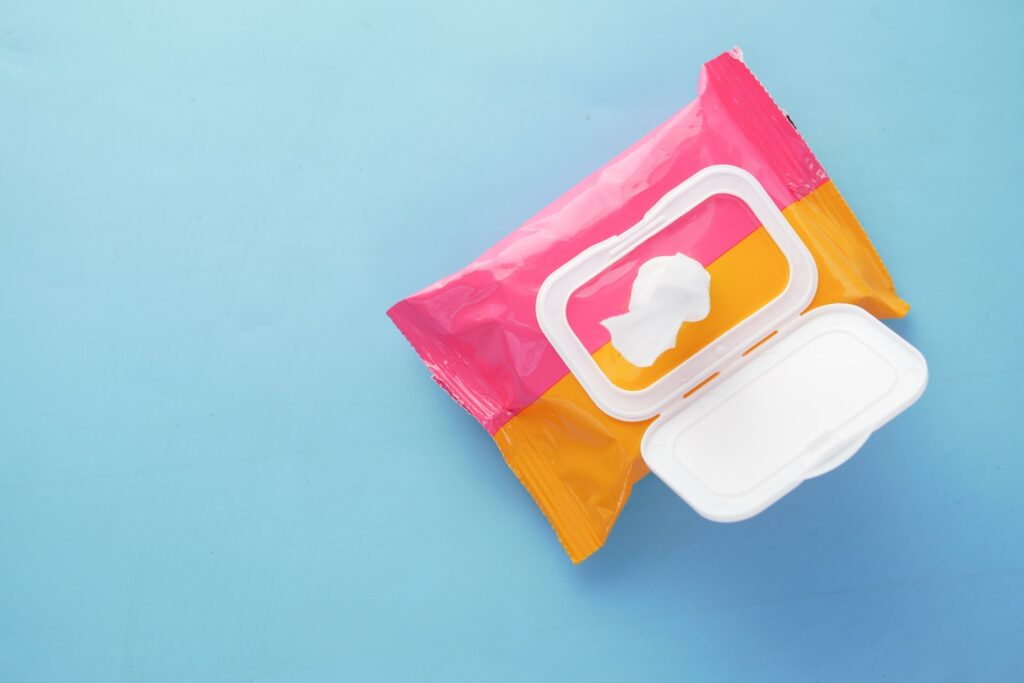Our furry friends are curious creatures and want to explore. Many times they will pick up things like rocks from the ground and eat them. But how big of a rock can a dog pass?
Dogs can typically pass small rocks without issues, but larger ones can pose serious health risks. The breed and size of the dog do play a big part in this situation. If your dog ingests a really big rock, it will experience problems.
- Why do dogs eat rocks?
- What size of rocks are generally safe for dogs to ingest?
- What risks are associated with dogs swallowing rocks?
- What to do if your dog eats a rock?
- What practical tips can help prevent rock ingestion?
- How long does it take for a dog to pass rocks?
Why do dogs eat rocks?
Dogs are known for their need to chew on everything they find. You can find your dog chewing on wood, rocks, or other inedible things.
The main reason for this is the ingrained curiosity and the need to explore everything with their mouths. If your dog suffers from some kind of nutritional deficiency, it might start eating rocks as a way to feel full. This is very common in dogs that suffer from pica.
You might see your dog swallowing rocks if it feels bored or anxious. Dogs can get anxious from loud noise or separation anxiety and chewing on rocks might relieve the stress.
What size of rocks are generally safe for dogs to ingest?
The size of the rock a dog can eat will depend on the breed and size of the dog. The average size for passable rocks is around half an inch to 5 inches in diameter.
Explained practically, smaller breeds can pass a rock the size of a marble. Medium-sized dogs are fine with ping-pong ball-sized rocks. Large breeds can eat larger stones up to the size of a golf ball.
What risks are associated with dogs swallowing rocks?
There are a few dangers of dogs eating rocks that you should be aware of. Rocks can hurt your dog starting from the mouth up to the intestines.
Tooth damage and choking hazards
If your dog tries to chew on the hard rocks, it exposes itself to dental trauma. However strong they are, their teeth might break and leave the dog with pain and bleeding. Sometimes the tooth will only crack without breaking off and cause severe pain to the dog when eating. Treating this condition should be done by a veterinary dentist. Dr. Melissa Guillory, when explaining the treatment of dental trauma in dogs, says that:
| If the tooth fracture exposes the pulp, then root canal therapy or extraction is warranted. If the tooth fracture does not involve the pulp, then a procedure called odontoplasty with a bonded sealant is an option in many cases. This involves smoothing the fracture site, followed by applying a bonding agent and unfilled resin to protect the underlying tooth structure. |
When the dog has the rock in its mouth and breathes in, it will choke. Depending on its size, the stone will get stuck along the windpipe and prevent the dog from breathing. This is a potentially fatal situation and requires you to react fast. Preventing dog chioking relies on knowing the Heimlich maneuver.
Intestinal obstruction
What happens if a dog eats a big rock? It gets stuck along the intestines. Often, smaller rocks will get stuck on the pyloric valve connecting the stomach to the intestines. Other times, it will travel a bit longer getting stuck between the large and small intestine. Whichever the case, the dog’s digestive system will get blocked and the dog will feel severe pain. Besides that, it will also develop gastrointestinal issues. You will notice that the dog avoids eating in the morning after the accident.
If the stone has sharper ends, it will cause lacerations to the mucosa. Sometimes it will perforate the wall and cause sepsis. This requires immediate veterinary care.
What to do if your dog eats a rock?
If you notice that your dog has ingested a rock, try to stay calm and observe the situation. Remove any additional rocks from its site to prevent it from ingesting more. Tell it to drop the rock. If your dog doesn’t listen to you, see if you can get it out of its mouth. If it’s already in, the best thing you can do is to contact a vet. Make sure to tell them all the information you have on how the situation happened. They will also need to know your dog’s breed and size.
What role does a veterinarian play in treating rock ingestion cases?
Rock ingestion in dogs is a dangerous situation and a veterinarian will make sure there are no additional complications. First, they will need to confirm the diagnosis by using an X-ray or an ultrasound. Once they see where and how big the rock is, they will need to prepare a treatment plan to help the dog.
Sometimes, they will try to induce vomiting in order to get the rock out. This can be done for smaller and less sharp rocks. Another option is to use an endoscope to remove the rock. If none of this is possible, the vet will have to do surgery and remove the rock manually. Dogs that go through surgery need to go through a recovery process which will last a few days. The dog will have to be hospitalized and monitored. After this, you can take it home.
What practical tips can help prevent rock ingestion?
Because dogs can not digest rocks, the best thing you can do is to prevent them from ingestion. Firstly, you need to be monitoring your dog always while taking it outdoors. This is especially important in areas where you know that rocks are present. If you have rocks in your yard, make sure to secure the area by using barriers for your dog.
Train your dog not to pick up things from the ground. Teaching it a command like “leave it” can be really helpful. You should start training the dog not to eat foreign bodies from an early age. Use obedience training and positive reinforcement to get the best results. To change its mind from eating other things, buy a few safe dog chew toys for your dog to chew on. Take your dog for regular vet check-ups just in case you miss any notable problems.
How long does it take for a dog to pass rocks?
Once there are signs of a dog passing a large rock, you will need to supervise the dog while it does. Most experts say that food and other eaten stuff stay in the stomach for around two hours before moving along to the intestines. “All and all, it generally takes a dog around 8 hours to properly digest food whereas it can take humans up to 72 hours”, according to the Dharamsala Animal Rescue. The complete time needed for the rock to get out of the body will be around 12-24 hours. During this time be vigilant and check your dog’s poop to ensure it gets out. If it doesn’t, call up your veterinarian.
So how big of a rock can a dog pass?
Being curious animals, dogs will pick up all kinds of stuff from the ground. Sometimes, they will ingest non-edible things because of diseases like pica. While walking to the park, your dog might pick up and ingest some rocks.
Depending on the size of the rock, your dog might experience different outcomes. Smaller rocks tend to get out with the poop within 1-2 days. However, large rocks might get stuck along the intestines and cause severe problems.
If your dog does eat a rock, you have to tell your vet. They will instruct you on how to proceed further and prevent any additional complications.
FAQ
Can a dog with a blockage still poop?
Yes, a dog with an intestinal blockage can still poop, because the poop can go around the rock. The stool getting out will be severely reduced and may contain mucus and blood.
Do older dogs eat rocks?
Yes, older dogs can also be prone to eating rocks, although the behavior is more common in puppies and younger dogs. But there is a difference in how big of a rock a dog can pass once it becomes old.
Are there specific breeds more prone to rock ingestion?
Yes, some dogs like the Labrador Retriever and German Shepherd are more commonly associated with this behavior. Border Collies, Australian Shepherds, and Great Danes will also do this.
More dog health resources
Here are a few other resources talking about dog health.
- Pink spot on dogs lip
- Why are my dogs balls black
- Valerian root dosage for dogs
- How fast does pumpkin work for dog diarrhea
- Why do dog leave odorless wet spots
You can find a lot more information on how to keep your dog healthy on our site Dogisa!
What To Do If Your Dog Ate A Baby Wipe: Advice And Solutions
Dogs like to chew on things and sometimes they will get their chompers on something…
Do Poodles Pick A Favorite Person? – How To Be The Favorite
Poodles are loving and intelligent dogs that will fit in perfectly with your family. And…
Do Poodles Bite? – Reasons For Biting And How To Control It
Poodles are a cute dog breed that is very popular among dog owners. People usually…
Why do Dog Leave Odorless Wet Spots? And how to treat them
It is not uncommon for dog owners to notice that their dog leave odorless wet…
Why Does My Dog Only Have Diarrhea At Night? [How To Help]
Diarrhea is not an uncommon thing and most dogs will suffer from it at least…
A Complete Guide To The Corgi Heat Cycle [+ Tips]
Going into heat is what we refer to when we talk about periods in dogs….








